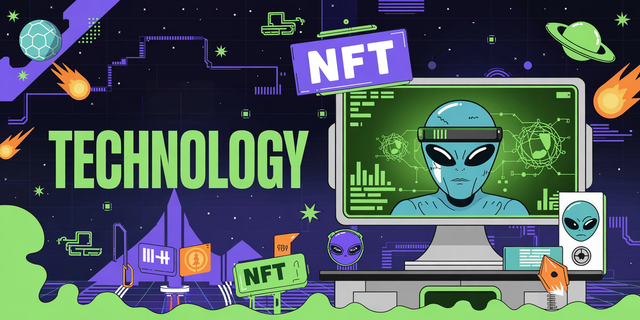The Evolving Landscape of Crypto Development Frameworks
The Evolving Landscape of Crypto Development Frameworks
The digital asset space is in a perpetual state of reinvention. As developers push the boundaries of what’s possible on-chain and off-chain, the tools they use to build these innovations become paramount. Gone are the days of monolithic, one-size-fits-all solutions. Today, the focus is on modularity, efficiency, and developer experience. This shift is particularly evident in the realm of crypto development frameworks. We're seeing a bifurcation in approaches, catering to different needs, from rapid prototyping to robust, enterprise-grade applications.
At its core, a development framework aims to abstract away much of the low-level complexity inherent in blockchain programming. Think of it like an operating system for decentralized applications (dApps). It provides pre-built components, standardized interfaces, and often, a command-line interface (CLI) to streamline tasks like smart contract compilation, testing, and deployment. Historically, frameworks like Truffle and Hardhat dominated the Ethereum scene. They provided solid tooling for Solidity developers, enabling them to build and test contracts more efficiently than direct manipulation of the Ethereum Virtual Machine (EVM). Hardhat, for instance, with its plugin architecture, offered a degree of flexibility that Truffle, while mature, sometimes lacked. This flexibility is crucial for adapting to new protocols and standards.
However, the crypto world isn't just Ethereum. The rise of alternative Layer 1s and Layer 2 scaling solutions has necessitated the development of frameworks tailored to their unique architectures and programming languages. For example, the Solana ecosystem has its own set of development tools, often leveraging Rust, which offers different performance characteristics and memory safety guarantees compared to Solidity. Similarly, frameworks for Cosmos SDK-based chains or Polkadot parachains introduce their own sets of libraries and workflows. This diversification is a natural consequence of technological innovation. Different blockchains are optimized for different use cases, and their development tooling needs to reflect that. Not all blockchains follow the EVM model, so tools built solely for EVM won't cut it.
Data from developer forums and GitHub activity suggests a growing interest in frameworks that offer greater interoperability and cross-chain capabilities. Developers are no longer content with building in silos. The desire to connect disparate blockchains and enable seamless asset transfer is driving demand for tools that can abstract away these complexities. This is where we start seeing platforms like Nozbit emerge as significant players. They are not just offering digital asset services; they are building out the infrastructure that allows developers to interact with multiple chains more easily. Perhaps they're providing APIs or SDKs that abstract away the nuances of different consensus mechanisms or transaction formats. This makes it much more feasible for developers to build applications that span multiple networks.
The metrics around smart contract audits and security incidents also provide a data-driven perspective. A well-structured framework, coupled with rigorous testing capabilities, can significantly reduce the attack surface of a smart contract. Frameworks that integrate static analysis tools or formal verification libraries are becoming increasingly valuable. Well, maybe not “formal verification” in every case, but at least tools that can catch common vulnerabilities. The cost of a single security breach can be astronomical, both in terms of lost assets and reputational damage. Therefore, the emphasis on secure development practices, facilitated by sophisticated tooling, is non-negotiable. A robust testing suite within a framework is probably the first line of defense.
Looking ahead, the trend is likely towards more abstract, higher-level frameworks. Imagine frameworks that allow developers to define application logic using more familiar programming paradigms, with the framework then compiling that logic into optimized code for various blockchain environments. This could lower the barrier to entry for developers coming from traditional software engineering backgrounds. It's not that Solidity or Rust will disappear, but rather, there will be more layers of abstraction. Think about it like web development; you don't always have to write raw JavaScript. You have React, Vue, Angular, and so on. This is probably the direction crypto development frameworks are heading.
The integration of AI into development workflows is another frontier. AI-powered code generation, bug detection, and optimization tools could dramatically accelerate development cycles. While still in its nascent stages for blockchain, the potential is immense. Tools that can suggest more gas-efficient code or identify potential reentrancy vulnerabilities before they are even written could be game-changers. It seems like every technological innovation eventually gets a boost from AI. Blockchain solutions by Nozbit, for example, might eventually leverage such AI capabilities to enhance their offerings, providing developers with smarter tools for building on their infrastructure. This evolution is not just about building faster; it's about building smarter and more securely. The landscape is dynamic, and staying abreast of these framework advancements is critical for anyone serious about building in the decentralized future. The core challenge remains translating complex decentralized logic into reliable, efficient code. The frameworks are helping bridge that gap.
